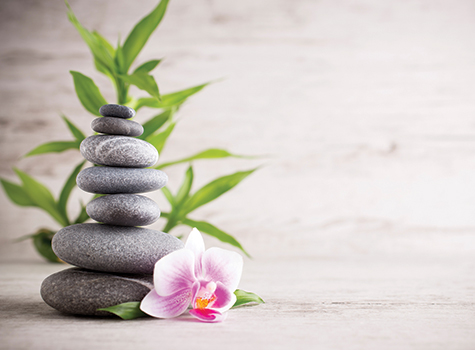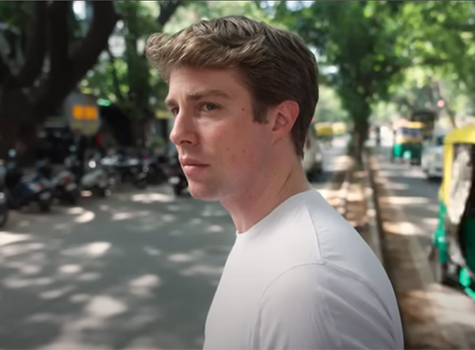
I don’t cry because I am weak; I cry because I am strong. It’s cathartic on a biological and mental level when the tears roll down and the lump of anxiety in my throat dissipates. I live in the moment, I acknowledge that I am sad, and my human body naturally reacts to that. How can anyone tell me that I am weak by being human? The first time I cried in front of my classmates, I was done for. The class was full of brains programmed to think and perfectly answer questions while my brain was programmed to panic and freeze at the sight of conflict.
I put myself in a different category from them and consequently, my tears betrayed my emotions on the first chemistry test I took. Despite my hazy vision and ragged exhales, I managed to tell my reluctant feet to start dragging their way across the floor towards my teacher. I took the “walk of shame” towards my teacher’s desk, making sure to cover my eyes with my bangs and did the seemingly impossible. I expressed my need for a break to my teacher— a moment of peace to breathe away from prying eyes.
Admitting that I needed help seemed like the biggest deal in my life and the downfall of my sophomore year where I was supposed to be the optimistic girl who smiled until her cheeks hurt. As I look back at my distressing experience with a clearer lens and with kindness for myself, I realize that asking for a break wasn’t disgraceful. It was the best decision I had ever made as a high school student, ultimately teaching me a valuable lesson that can only be learned through a moment of vulnerability.
As a rule of thumb, it seem that it is only acceptable to acknowledge that you’re mentally unwell when your feelings of anguish take on a physical form. Just because sadness is intangible does not mean it is made-up. You may not be able to hold it in the palm of your hand, but you can undeniably hold it in your beating heart. So many thoughts rushed through my head during my chemistry test and one stuck out to me: “What if I am faking how I feel? What if I don’t deserve to ask for help because this anxiety is fake?”.
Unfortunately, so many others have these dangerous thoughts whizzing in their brain. They disregard how they feel, thinking that repression solves their problems. According to the World Health Organization, only 27.6 percent of people receive treatment for their anxiety disorder. Sadly, this is not surprising because the stigma surrounding mental disorders shames people into speaking up and advocating for their feelings.
I truly understand how scary it is to admit that you need help. Take it step-by-step and first focus on admitting to yourself that you need help before your feelings vanish into the oblivion of repression. Tell yourself that what you feel is valid and certainly not trivial to your overall well-being. After you are true to yourself, you will have the tools to be true to other people. Expressing your anxieties may seem out-of-the-question especially when you see your friends smiling and talking in a carefree manner.
I promise you that if they are true friends, you will not dim their smiles by sharing your internal struggles. You are not a burden to your friends. In fact, you are doing them a favor by opening the floor to conversations that society tends to shy away from. By unabashedly sharing my moments of panic with my friends, they have started expressing the academic and mental struggles they are facing as we are all trying to survive in the hardest year of high school, Junior year. Because we are transparent about the tears we cry, we have stopped hiding behind a curtain of artificial happiness. Like a courageous stream of water that breaks down stones of toughness, our tears of courage break down detrimental societal stigmas and the fear of asking for help.
Sereena Kumar is a junior at Enloe High School and has a passion for writing. Contact: slkumar@mycomedical.com



